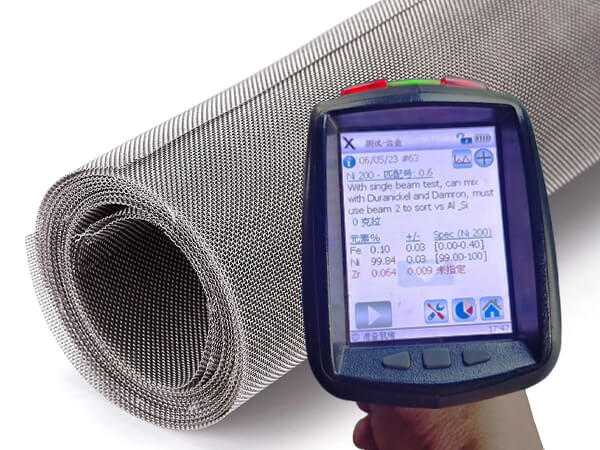To attach Raney Nickel to the electrode mesh, the following methods are commonly used: thermal spraying, plasma spraying, and roll coating & calcination.
- Thermal Spraying
Thermal spraying is a surface finishing process in which the material is heated to molten by a high-temperature heat source (electric arc, plasma spraying, combustion flame, etc.), and the semi-molten state of the material is atomized by a high-speed airflow and sprayed on the surface of the purified and roughened parts to form a surface finish called a spray coating layer.
Spraying alloy particles accelerated by heat, in the process of impact on the surface of the substrate to form a coating layer, the molten state or high plastic shape of the powder particles, with a certain flight speed impact on the substrate and interact with the substrate. It is an important stage in the formation of the coating layer.
The approximate process is generally: spray pretreatment (cleaning, roughening, de-stressing, etc.) → spray primer (some do not need) → spray coating layer.
- Plasma Spraying
DC-driven plasma arc is used as a heat source to heat the material to a molten or semi-molten state, and spray at high speed to the surface of the pre-treated workpiece to form a firmly attached surface coating layer, which is also a kind of thermal spraying in principle.
The approximate process is generally: pre-treatment of the workpiece → select the appropriate plasma → adjust the arc power → supply powder → adjust the spraying distance and spraying angle → adjust the relative movement speed of the spray gun and the workpiece → controlling the substrate temperature.
- Roll Coating & Calcination
Nickel-based alloy coatings are applied to the electrode material to form an alloy coating of uniform thickness, and the coating is subsequently obtained by calcination under an inert gas (to avoid oxidation) environment.









